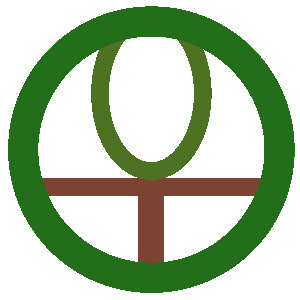FORT TEJON, CALIFORNIA
Located in Grapevine Canyon along interstate 5 (I-5) at the Tejon Pass, this fort was short-lived but full of interesting history.
This fort was opened on 10 August, 1854 in order to protect nearby settlers from Californios and Native American tribes.
It was garrisoned by the First Dragoons until the outbreak of the Civil War upon which time they were transferred to the east. Next came the 2nd California Volunteer Cavalry and the 2nd California Volunteer Infantry in 1863.
Two more interesting facts about the fort are:
It was a stop on the famous Butterfield Overland Mail route which carried passengers as well as the US mail from 1858-1861. The Butterfield routes’ eastern termini were at Memphis, TN and St. Louis, MO. They each met at Fort Smith, AR then continued westward. The southern route journeyed through Indian Territory (now Oklahoma), then Texas, New Mexico, and at Yuma (no Arizona at that time) the route took a northerly turn into California. After passing through the city of San Bernardino it stopped at Fort Tejon before continuing on to San Francisco. This route was through the emigrant trail known as the Southern Overland Trail.
The second interesting fact which used to fascinate me as a kid was that this fort was host to the U.S. Camel Corp.! A Major Henry C. Wayne felt that camels would be useful for transportation across arid swaths of the US. He shared those opinions with Senator Jefferson Davis who, under President Franklin Pierce, became Secretary of War. In March of 1855 Congress approved $30,000 towards this vision. That June Major Wayne and Lieutenant David Dixon Porter set sail for the Mediterranean Sea. After stops in Tunisia, Malta, Greece, Turkey, and Egypt they assembled a collection of 29 dromedary, 2 Bactrain, and 1 booghdee (a male Bactrian crossed with a female dromedary) camels. Again on Davis’ orders, Porter made a second voyage where he acquired an additional 41 camels. Many were stationed in Camp Verde in Texas but some found their way to Fort Tejon in 1859. Although they were hardy animals (even eating creosote bush!) their temperaments were unknown to the soldiers. In less than a year they were transferred to the Los Angeles Quartermaster Depot and, eventually, sold at auction.
The fort was abandoned on 11 September, 1864.
Today, Fort Tejon is a state historical park. There remains a barracks building, a quartermaster building which houses a nice museum, and the foundations of other structures. A reconstructed commanding officer’s building has a few rooms open as well. Once a month it also hosts a Living History day where visitors can see what life used to be like there.
Fort Tejon is also the site of a large spread of Valley Oak trees some of which are up to 300 years old. At one of these trees there is a sign that reads: Peter Lebec—Although little is known about Peter Lebec, he is believed that he was killed by a grizzly bear, and buried under this tree. His epitaph was originally carved into the tree. (A nearby town is named after him). When I first visited this fort as a child I remember this information written on a plank that was nailed into the tree instead of the tidy little sign that is now there.
Part of the California Park system, you can find all the information you need to know to enjoy a visit there at: http://www.parks.ca.gov/?page_id=585 If you go to this site make sure to open up the Brochure listed at the bottom of the page.
And, of course, Wikipedia has a page on the fort as well at: https://en.wikipedia.org/wiki/Fort_Tejon If you go to this site make sure you look at all the good photos available.
9/20

